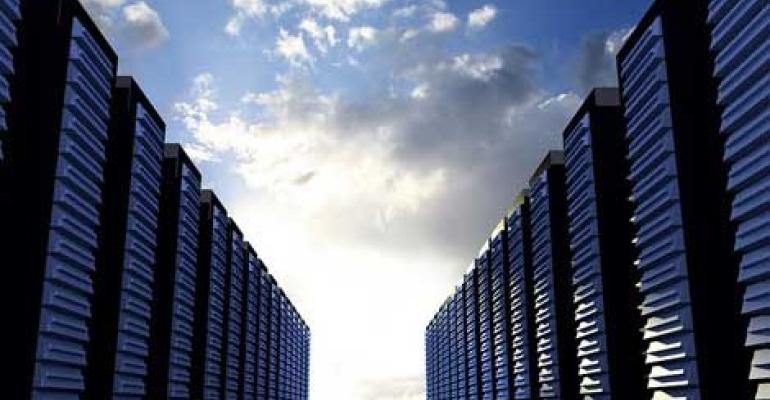The dynamic nature of today’s business has placed new demands around the modern data center. Resources utilization is increasing as the proliferation of cloud computing and IT consumerization continues to grow. Organizations are now tasked with supporting a growing user count, much more data – and all of this must be done efficiently. A big part of the question – in very many data center cases – revolves around capacity. The important concept to understand here is that the term data center capacity is truly evolving. New technologies and solutions are abstracting services, creating new data center delivery models, and optimizing overall management strategies.
Key emerging industry trends towards Data Center Infrastructure Management (DCIM) and Software Defined Data Centers (SDDC) demonstrate a continuing need to look at the key balance between IT and communications and facilities management. Capacity planning brings together all the key resource and output factors that constitute a data center’s reason for commission and its means of fulfilling that. As critical resources become more expensive or scarce, being able to plan for future capacity requirements becomes more critical.
Data center capacity planning can be a complex undertaking with far-reaching strategic and operational implications. This white paper from DCD Intelligence, sponsored by Server Technology, examines industry insights and lessons on the practical steps that are needed to develop a successful power and capacity planning strategy.
As with any data center deployment, expansion or development project – considerations around current and future demands are absolutely critical. This white paper looks at key decision elements and helps create a logical map around data center capacity planning points. This includes:
- Industry specific regulations
- Rack optimization
- Power utilities
- Cooling
- Green issues/meeting corporate and social responsibility commitments
- Budgeting
- Software Tools in Use
The planning process doesn’t really ever stop. In fact, as your data center and organization evolve, new industry dynamics will influence how capacity is assessed. For example, it’s already absolutely critical to assess the implications that cloud computing and advanced virtualization has on utilization and capacity planning. Consider this - Multi-tenancy Cloud services are almost always cheaper than private or hybrid Cloud environments because data center or lab resources can be shared and utilization increased. One research note indicated that IT equipment tends to draw 50% of its maximum power when idling, so ensuring applications are always running is a vital element in improving efficiency.
Download this white paper today to understand just how much concepts around data center capacity planning have truly evolved. There are now numerous considerations around an ever-expanding data center model. Organizations are now building their business model directly around the data center – which makes intelligent capacity planning strategies even more important.




